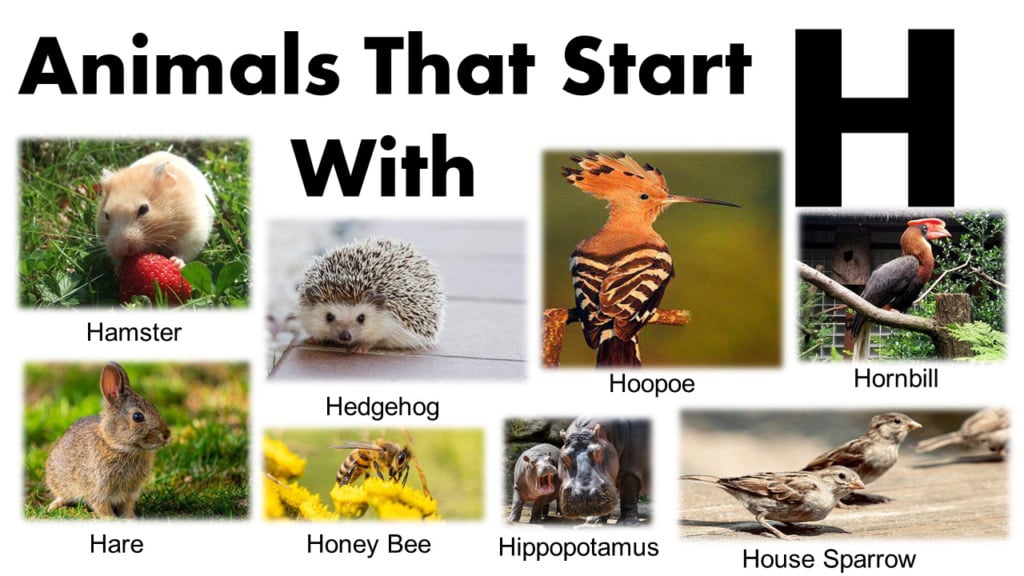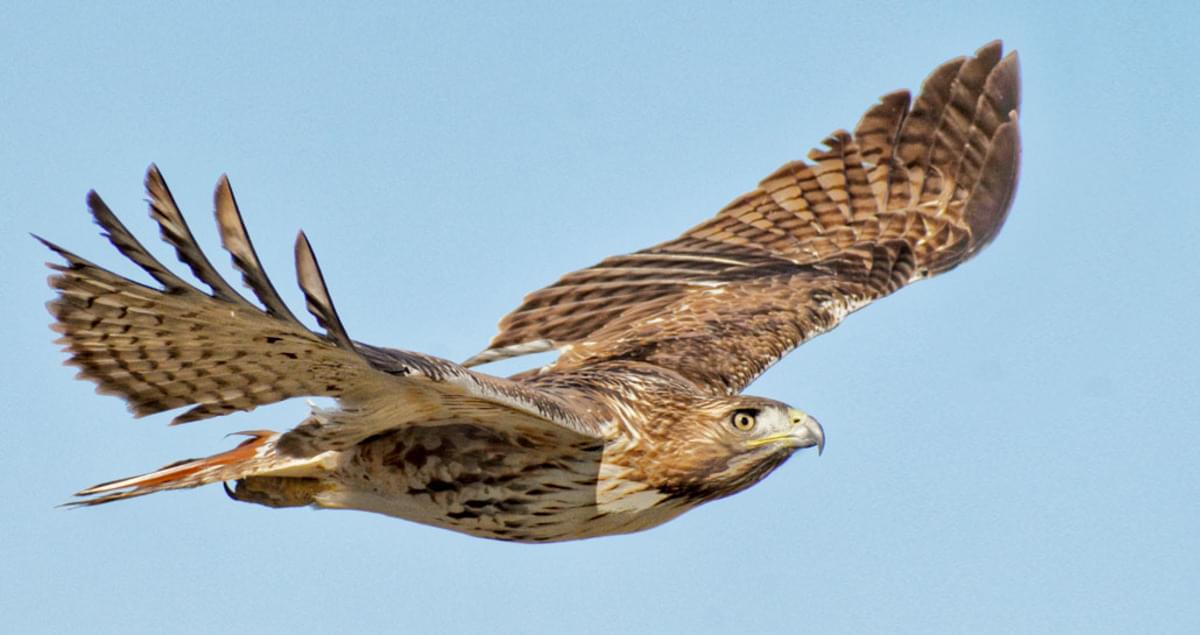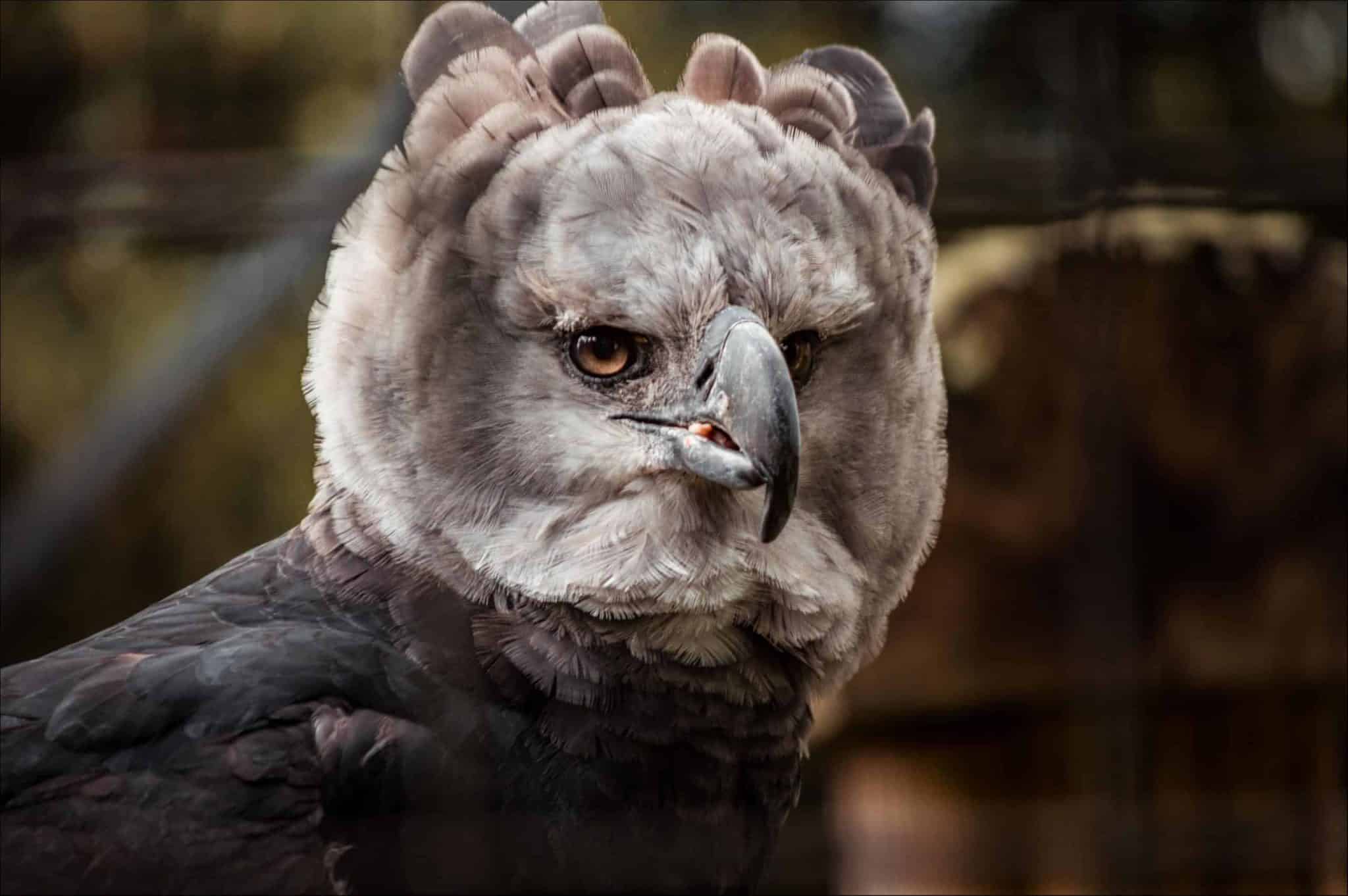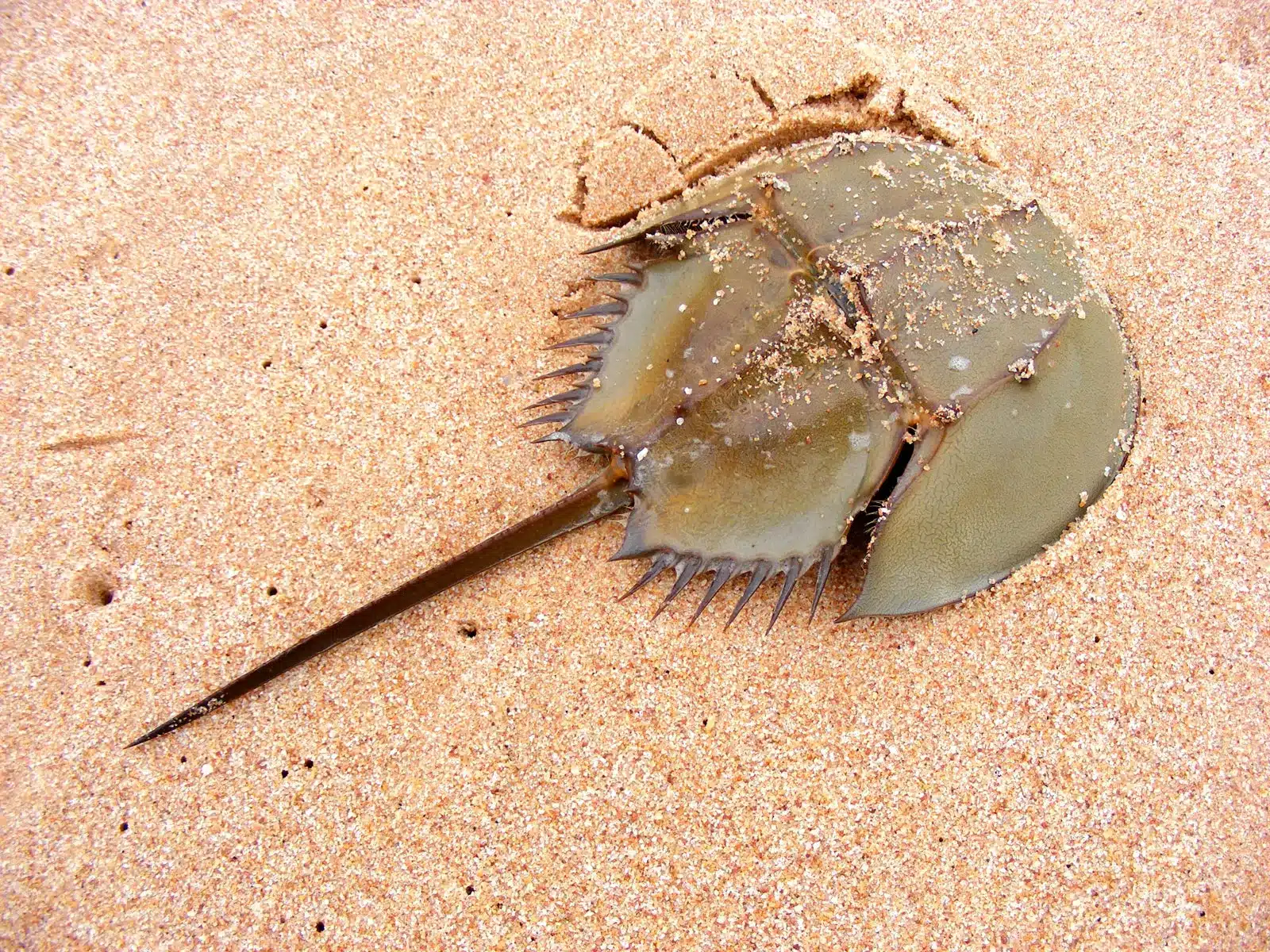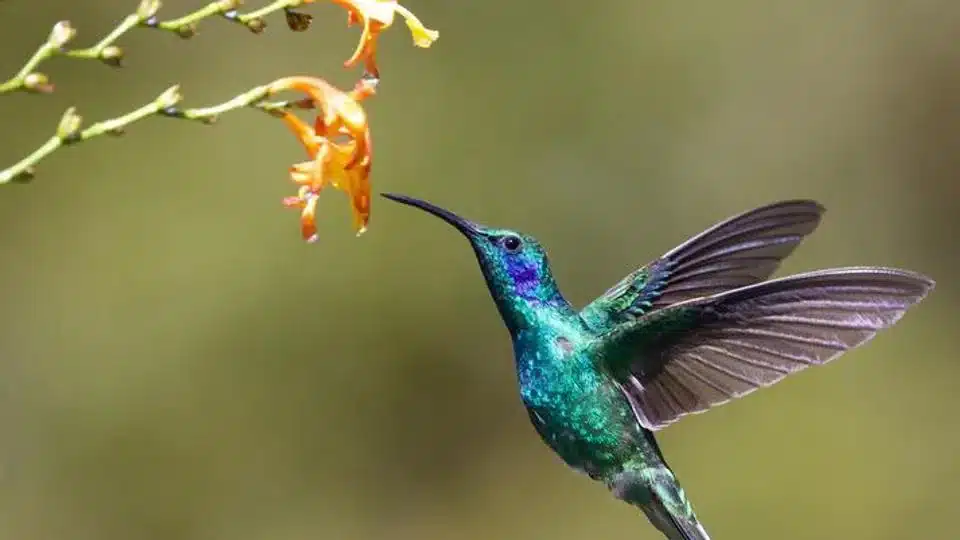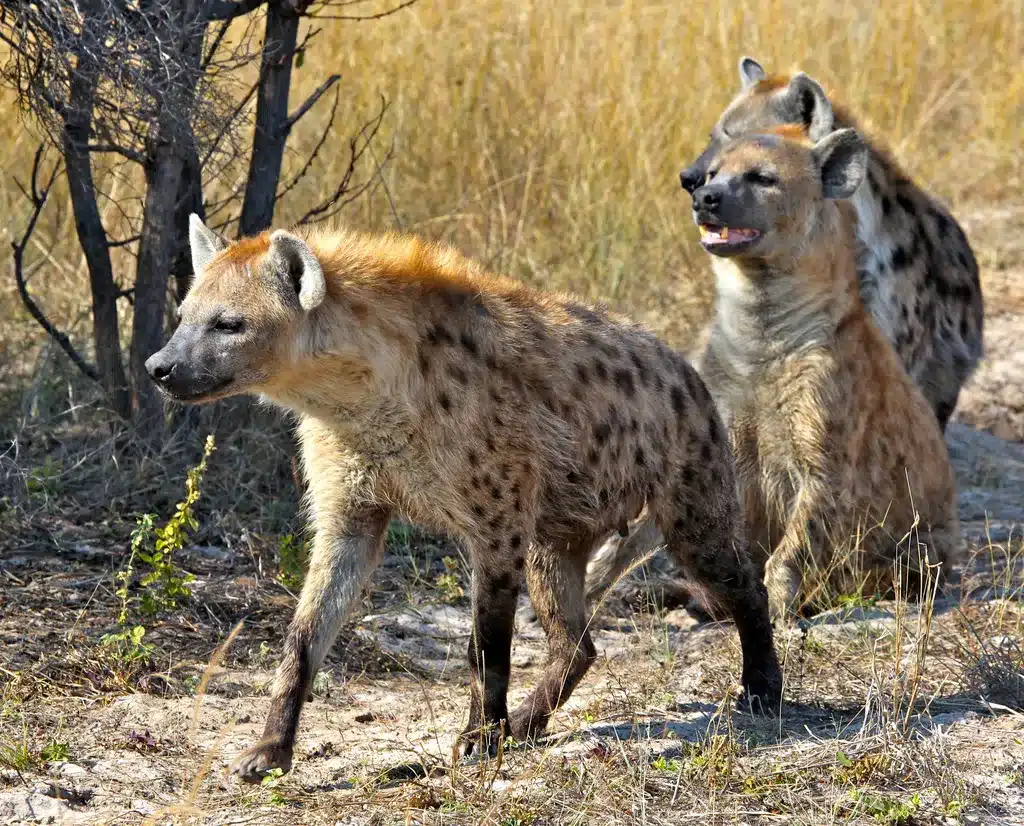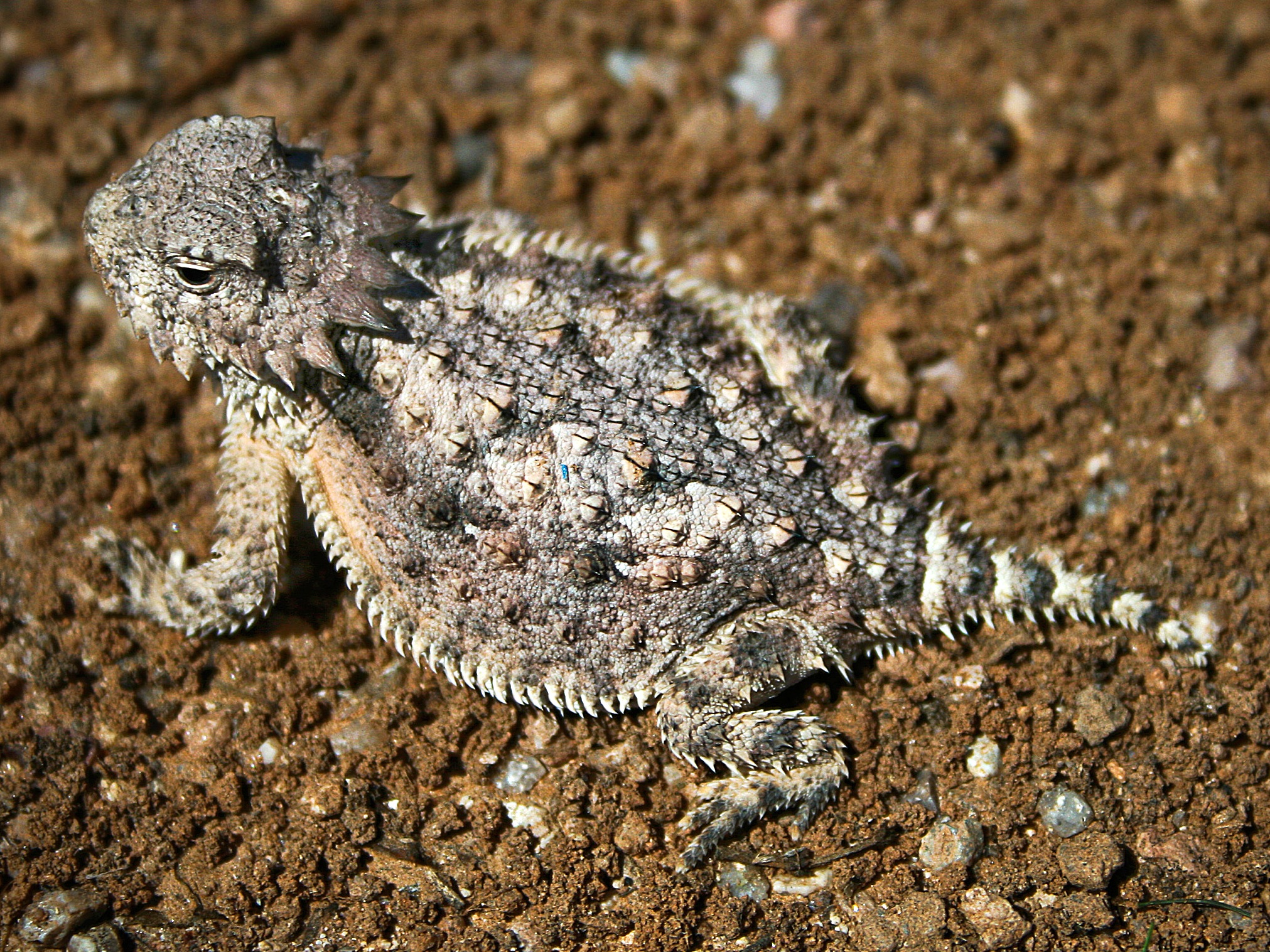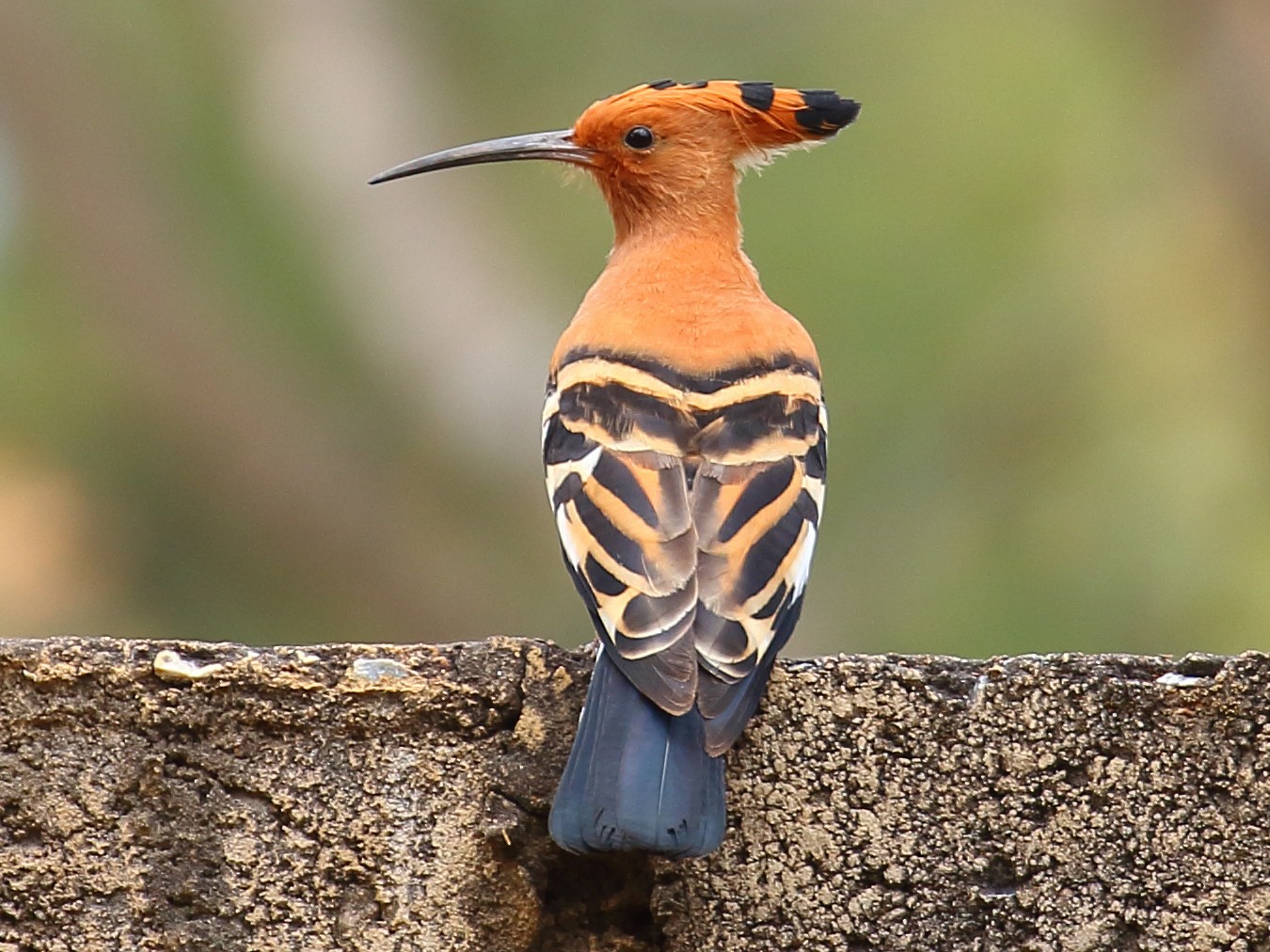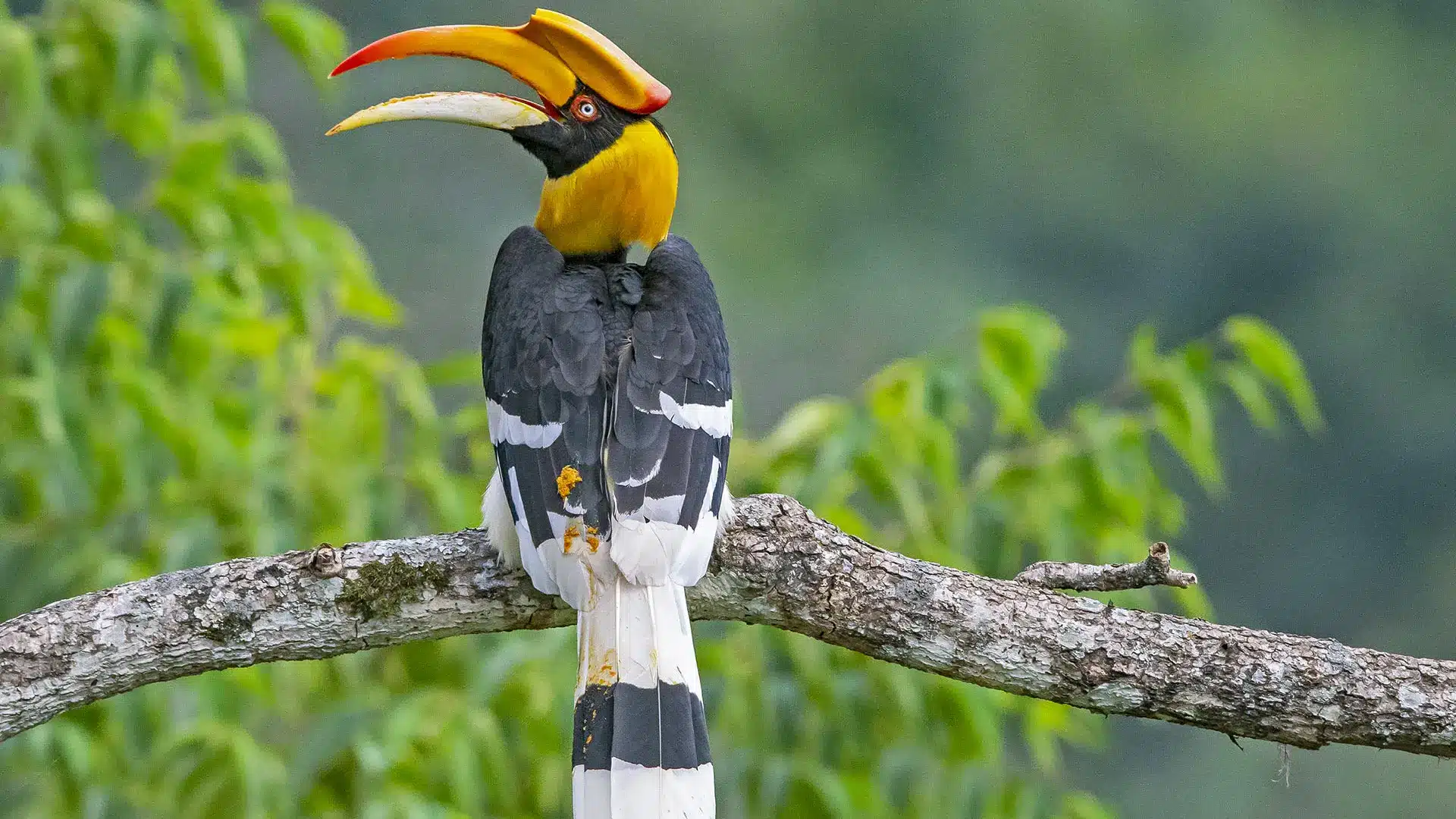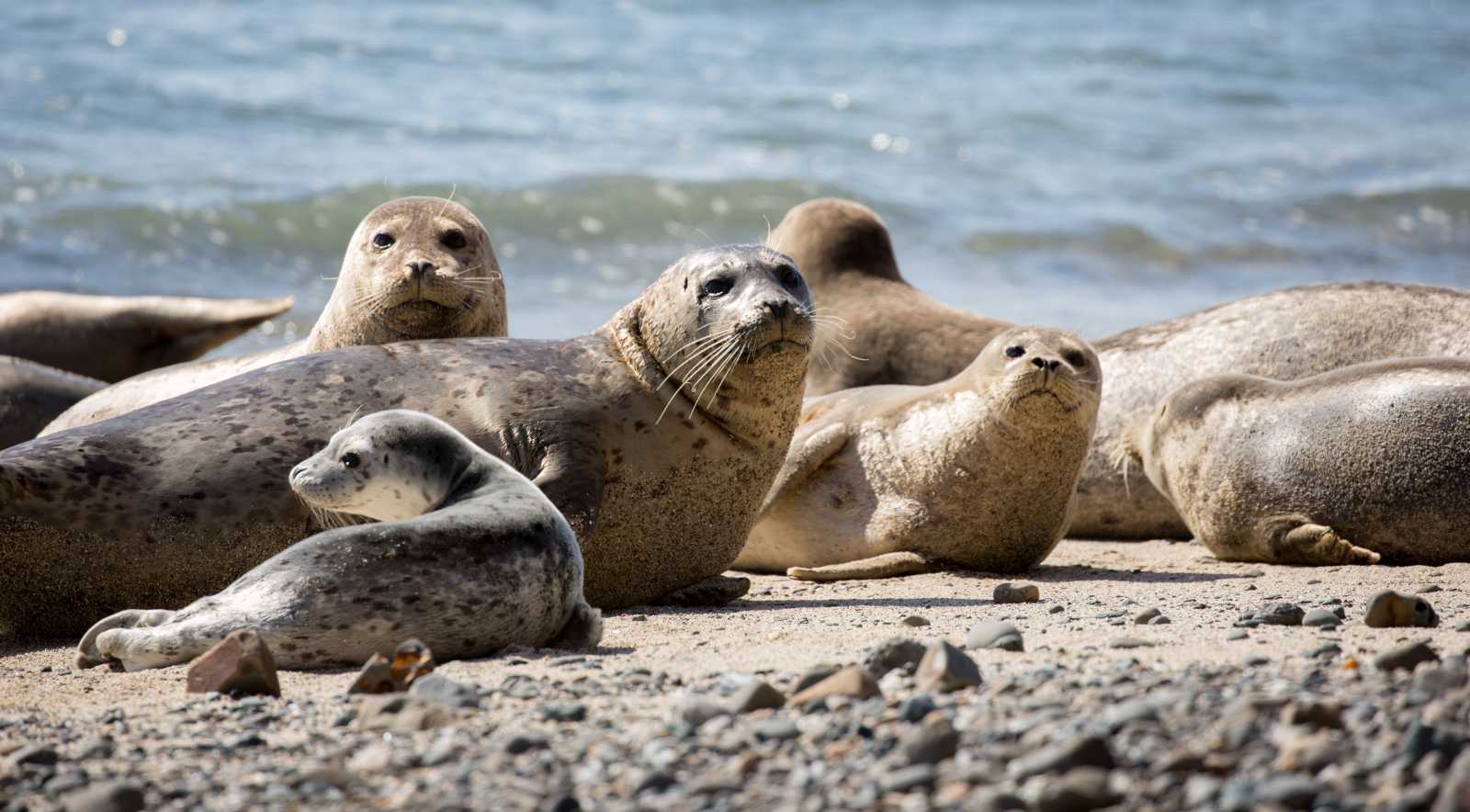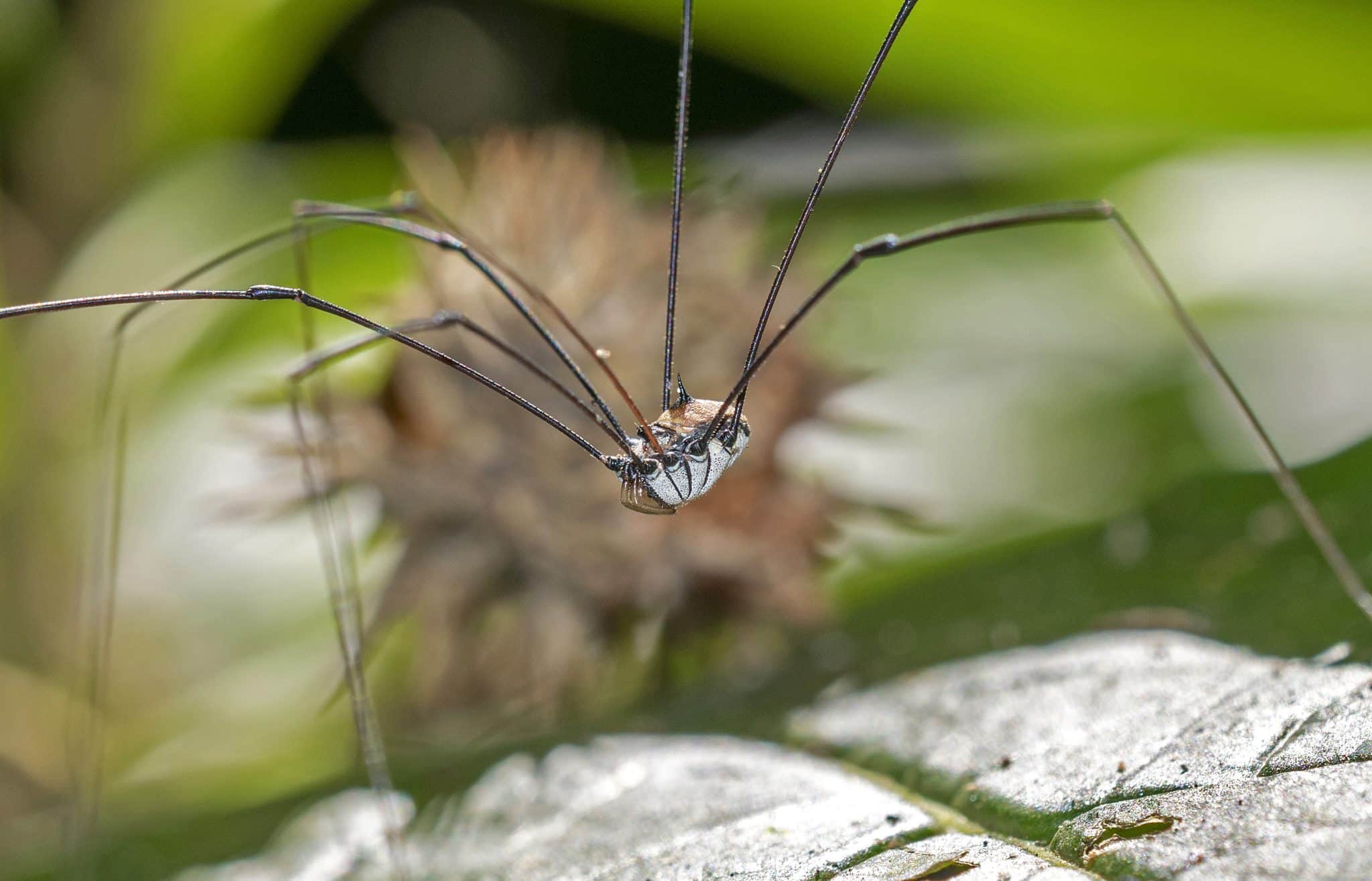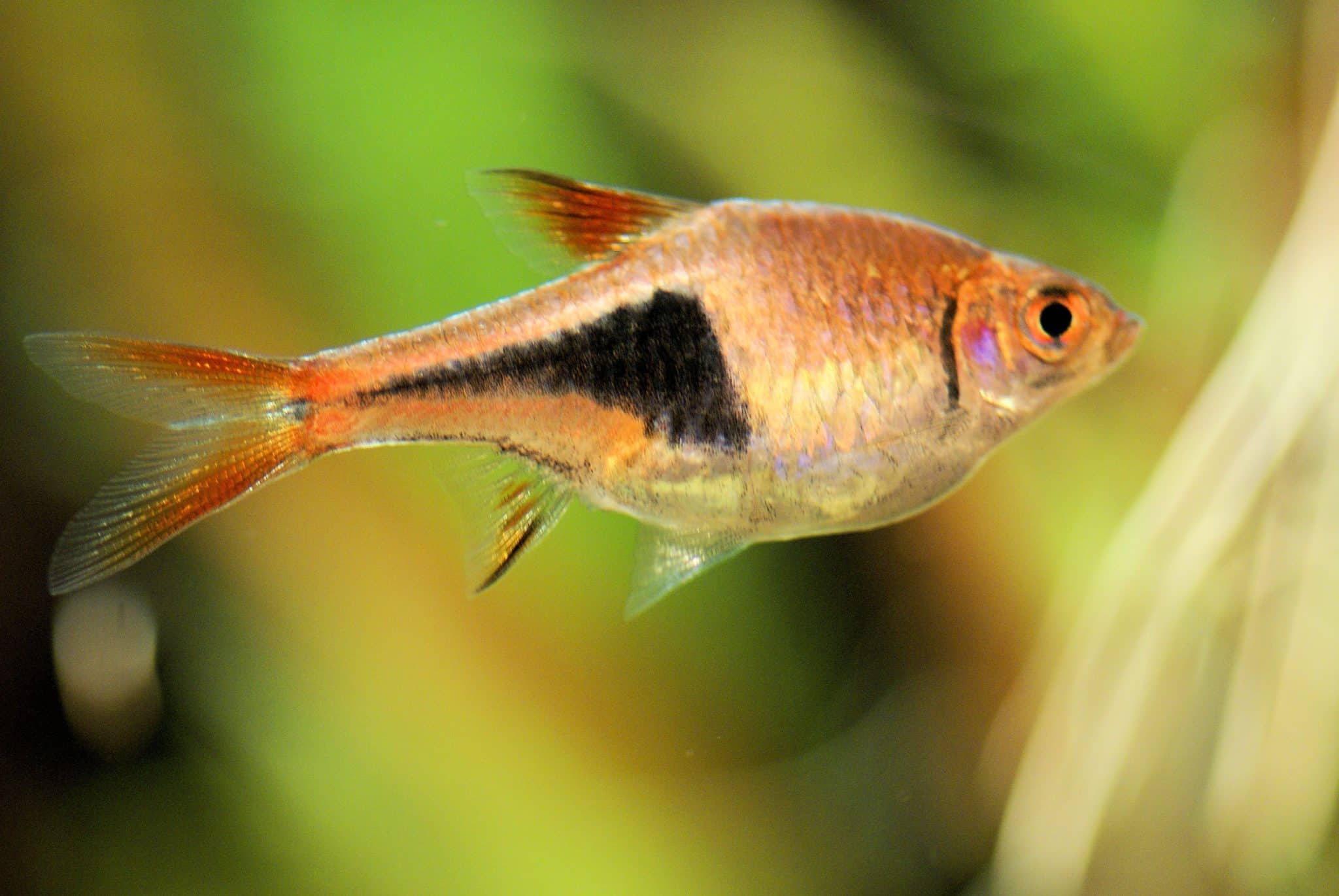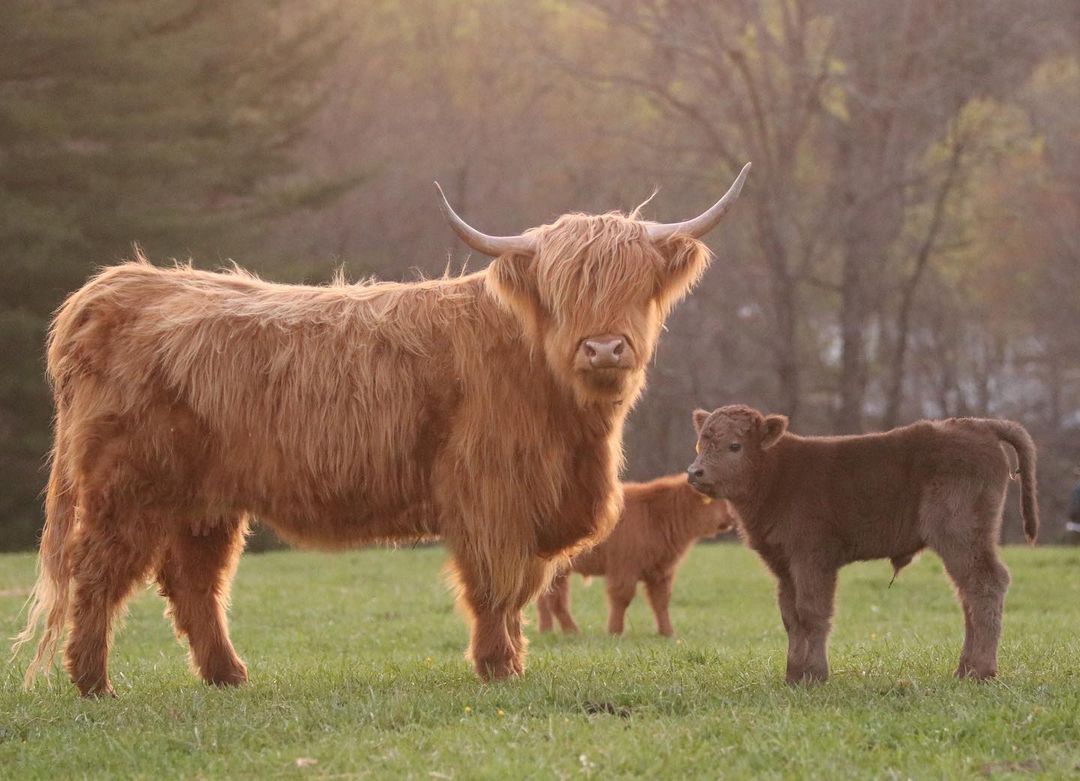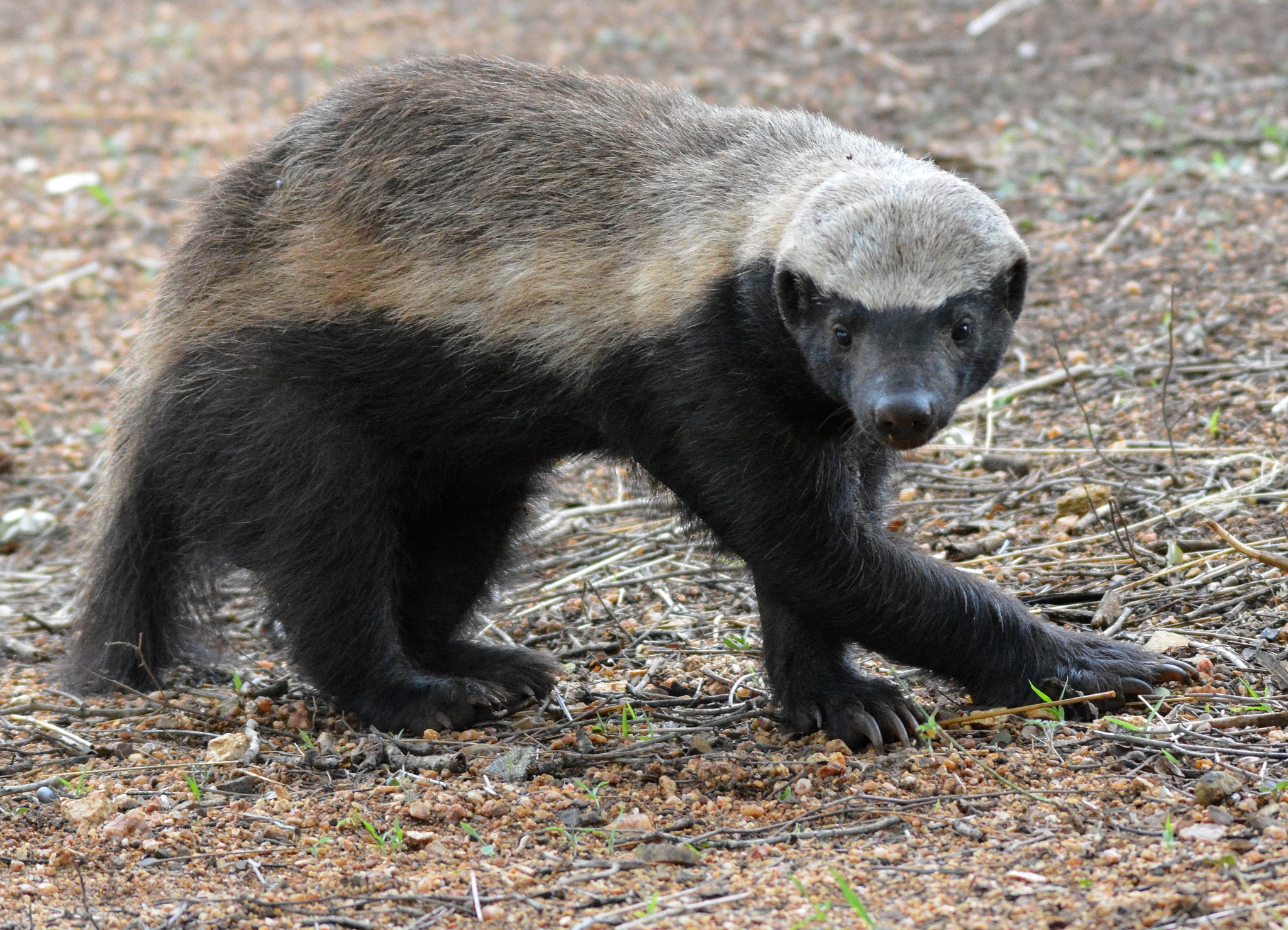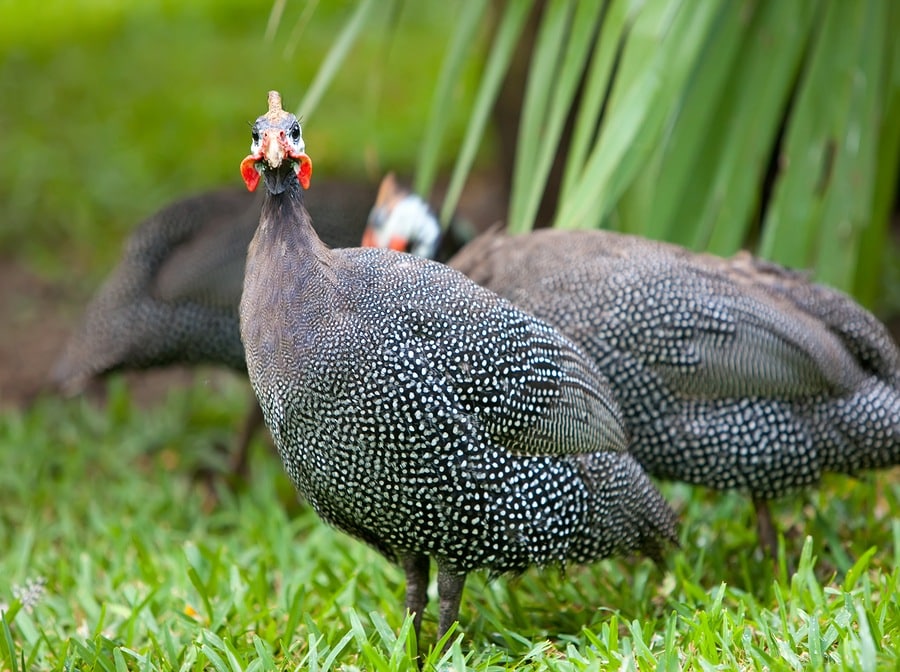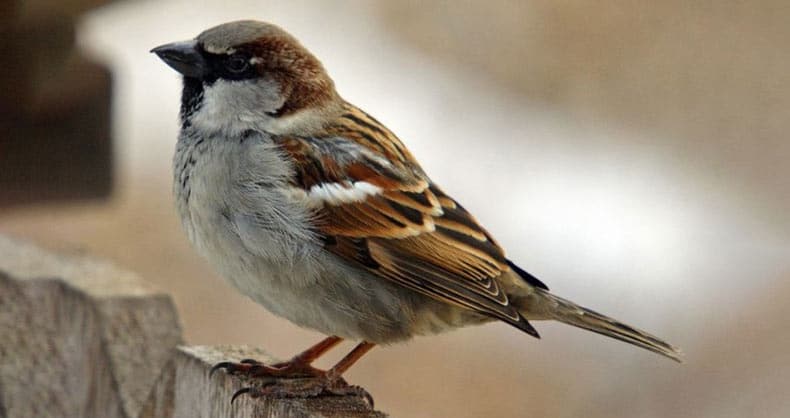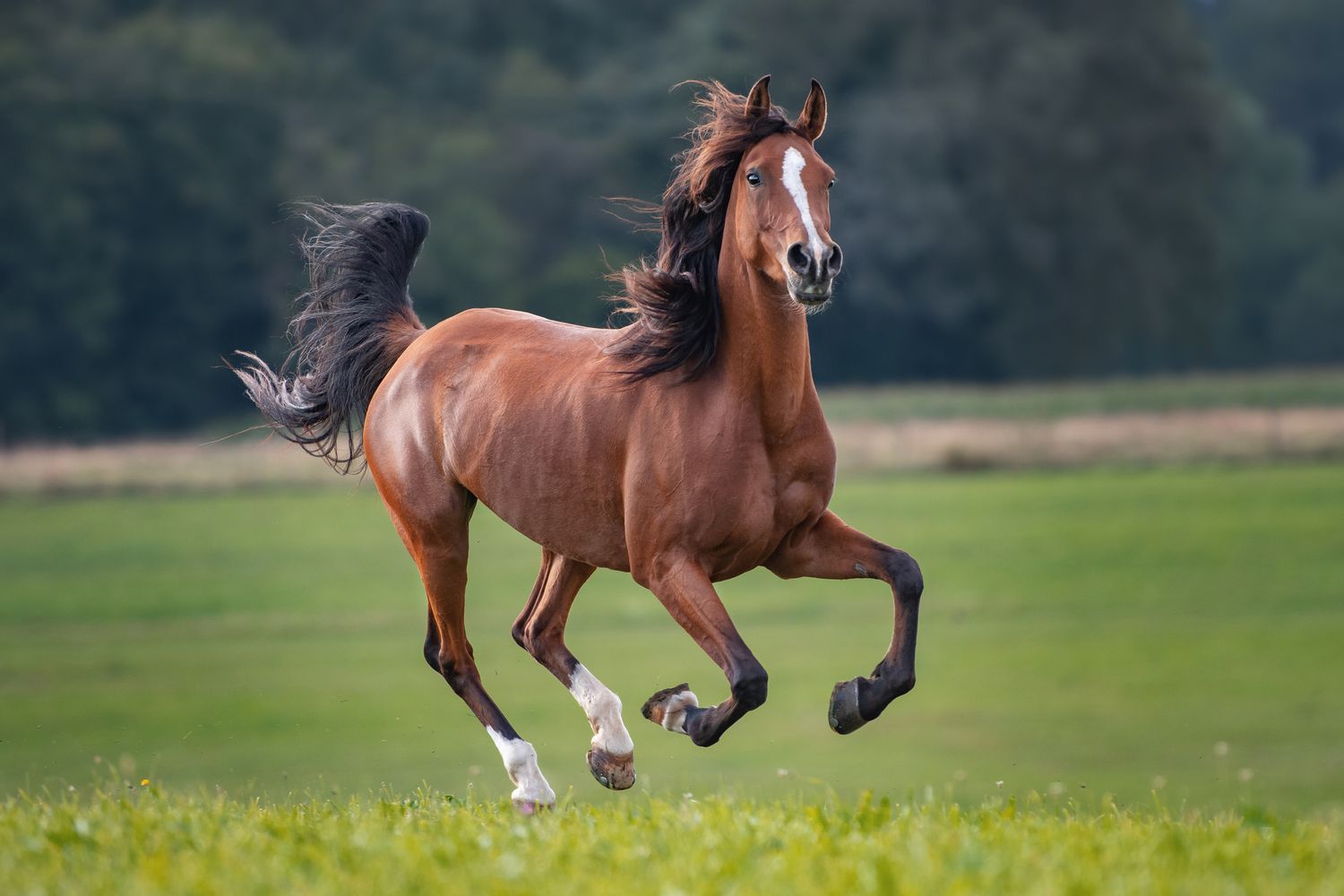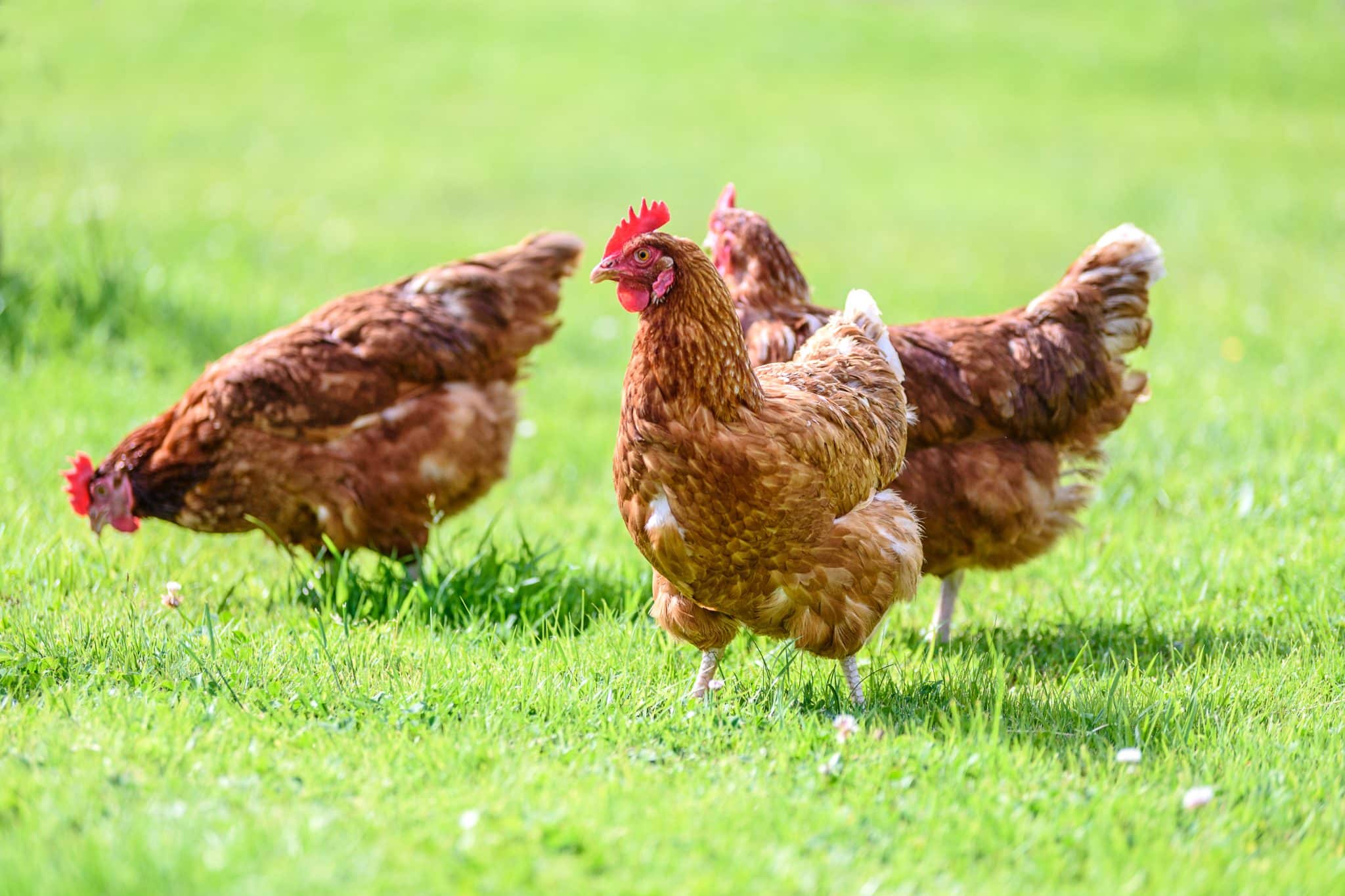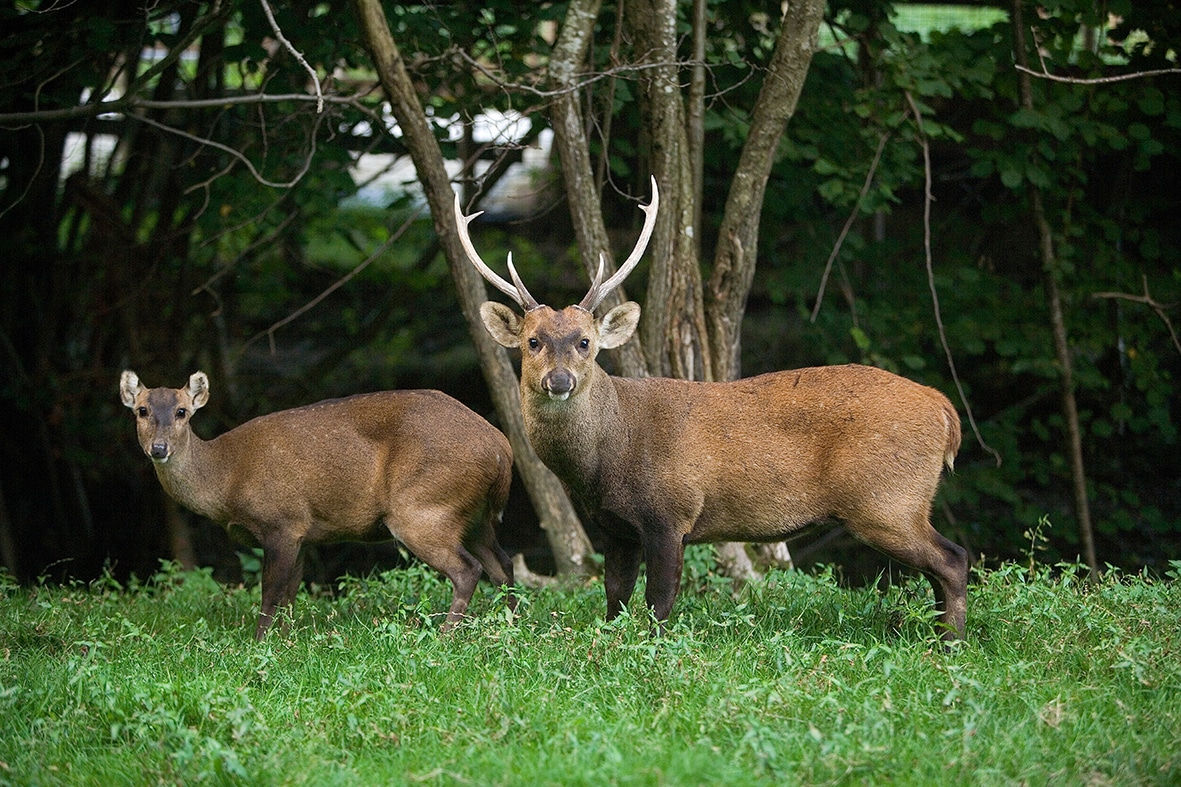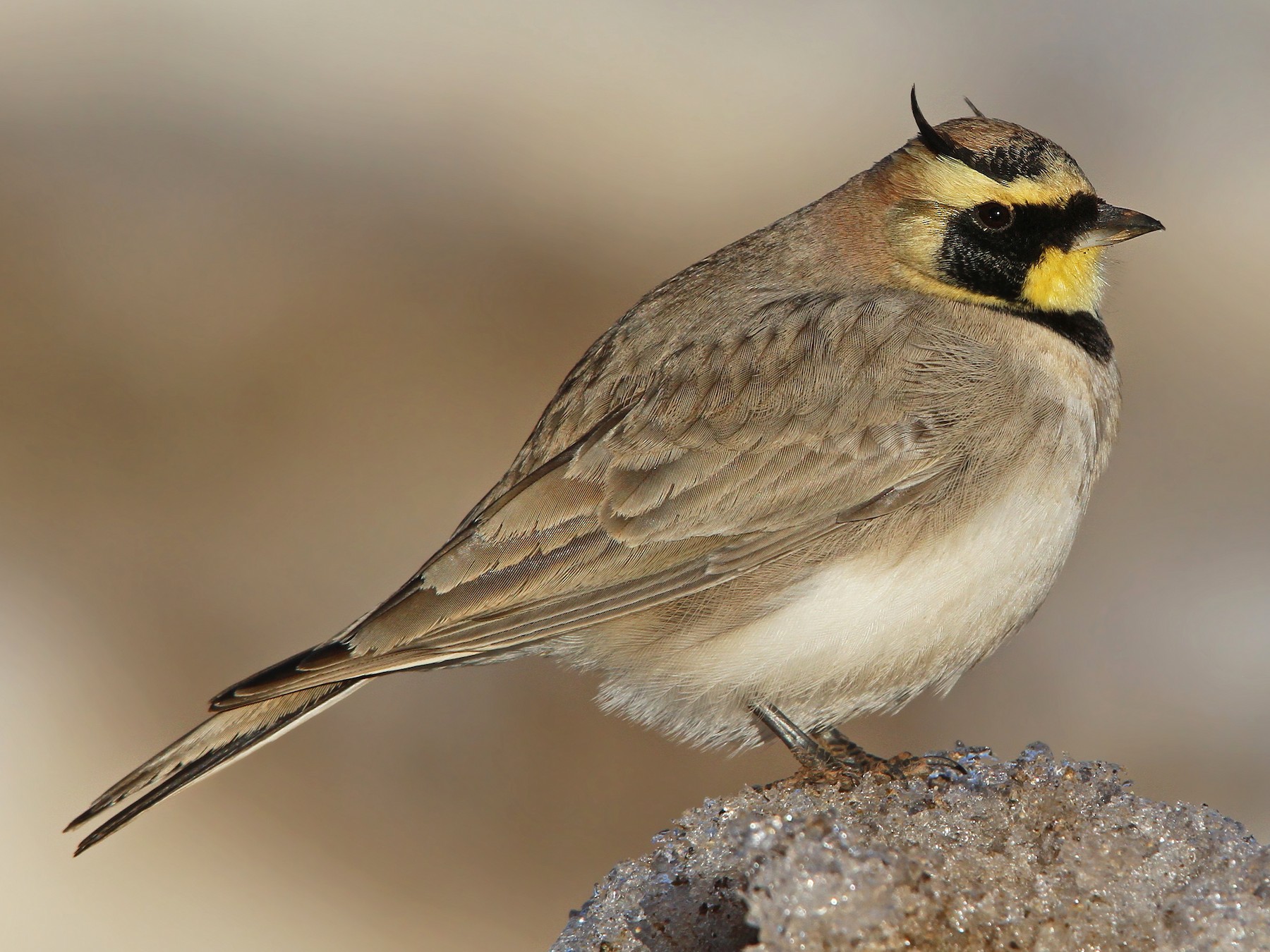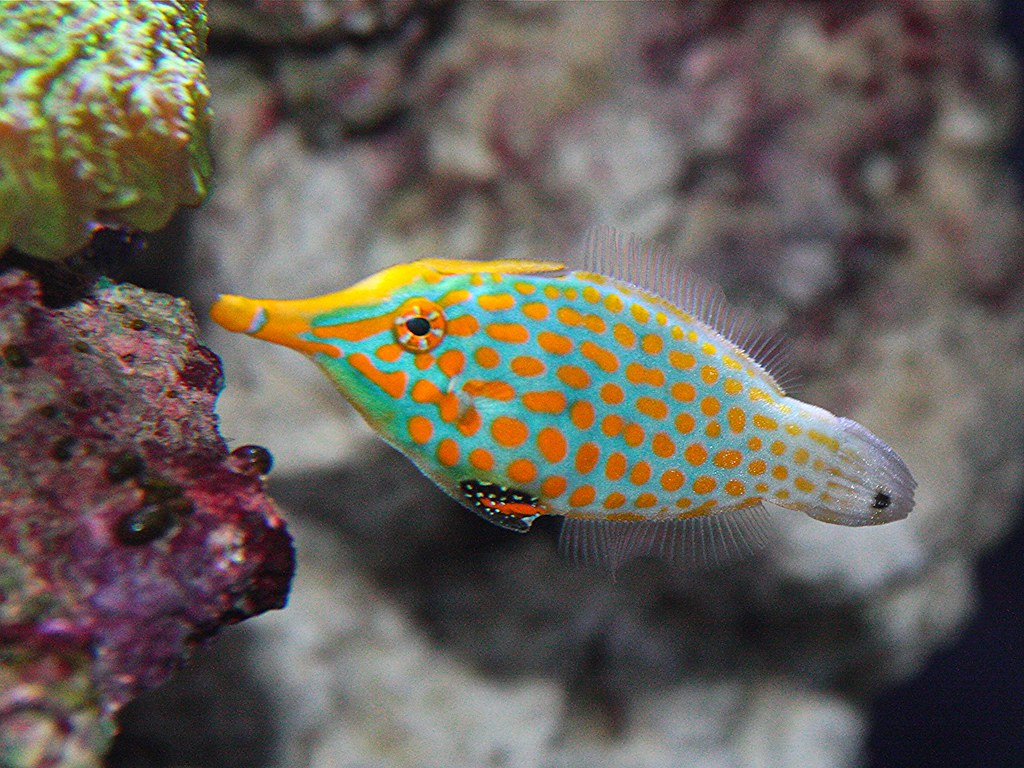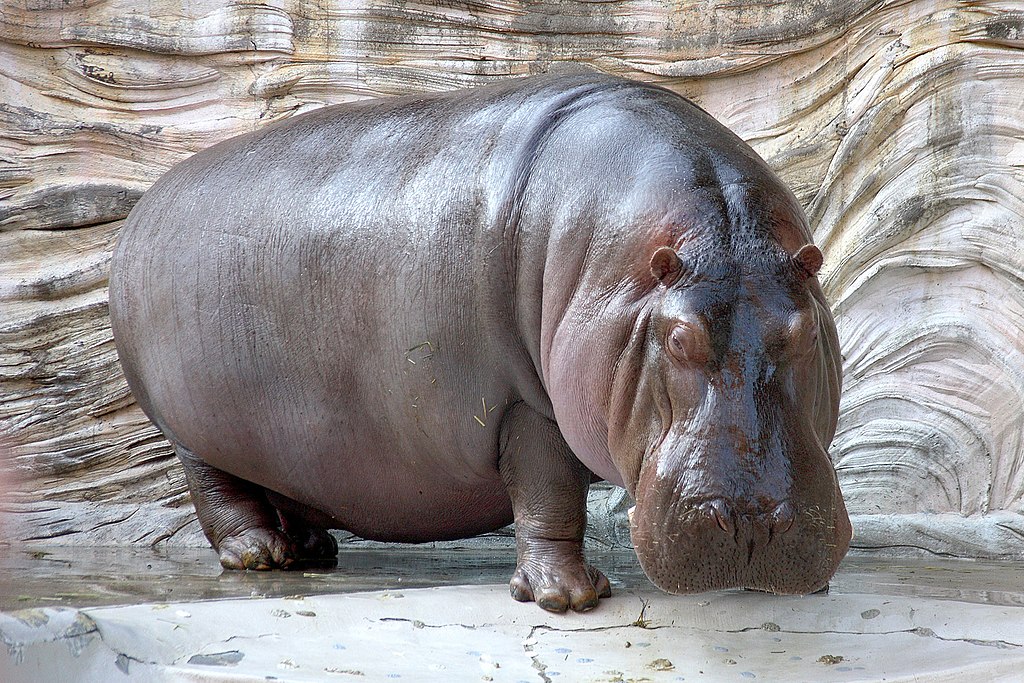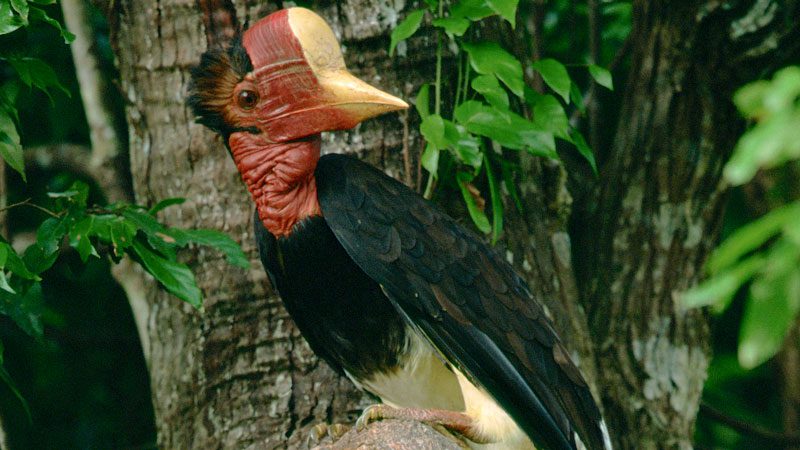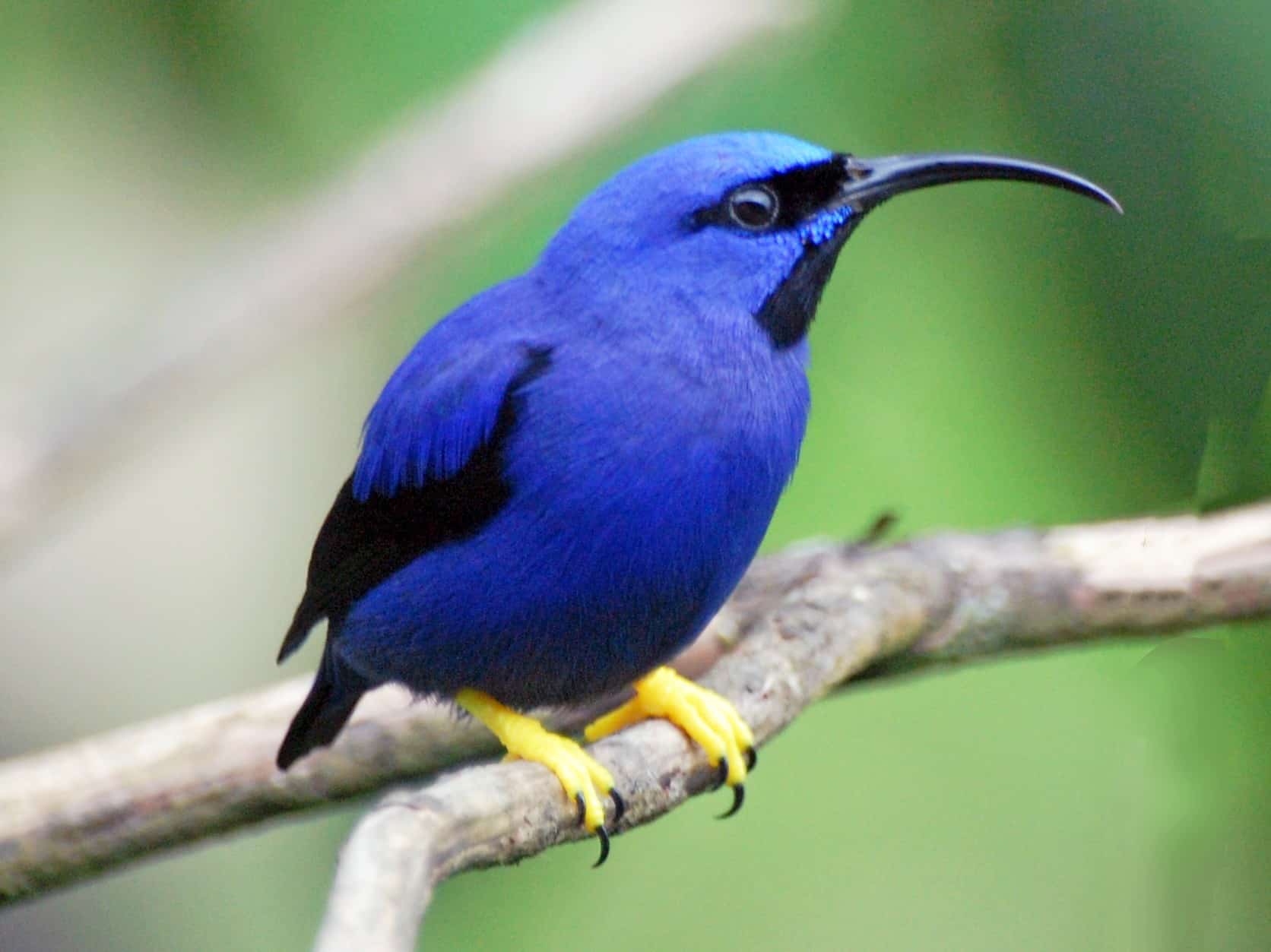Have you ever taken on a journey of H animal name? Are you planning to explore the world of animals that start with H?
Well, you have stumbled upon the right blog. There is no end to the kind of biodiversity that exists on this planet.
Organisms have been classified into different groups based on similar characteristics. But, the kind of classification we will explore differs slightly from the conventional ones.
The following list contains the names of animals that start with the alphabet H. Without further adieu, let’s get started!
List of Animals that Start with H
1. Hawk
Origin: Global distribution
Habitat: Varied, from forests to deserts
Diet: Carnivorous, preying on small mammals and birds
Size: Varies by species; generally medium to large-sized birds
Scientific Name: Various species within the family Accipitridae
Hawks are birds of prey known for their sharp vision, powerful beaks, and strong talons. They are adept hunters and often soar at great heights in search of prey.
Interesting Facts
- Hawks have excellent eyesight, enabling them to spot prey from high altitudes.
- Some species of hawks are known for their impressive diving speeds during hunting, reaching up to 240 mph (386 km/h).
- They play a crucial role in controlling rodent populations in various ecosystems.
2. Honeybee
Origin: Europe, Africa, and Asia (introduced to other continents)
Habitat: Various, including meadows, gardens, and forests
Diet: Herbivorous, collecting nectar and pollen
Size: Small, with worker bees measuring about 0.5 to 0.6 inches
Scientific Name: Apis mellifera
Honeybees are social insects known for their complex hive structures. They play a crucial role in pollination and honey production.
Interesting Facts
- Honeybees communicate through complex dance patterns to convey information about the location of food sources.
- A hive consists of a single queen, worker bees, and drones with specific roles in the colony.
- Honeybees are crucial pollinators for many crops.
3. Harpy Eagle
Origin: Tropical rainforests of Central and South America
Habitat: Dense, tropical lowland forests
Diet: Carnivorous, preying on monkeys and other large mammals
Size: One of the largest eagles, with a wingspan of up to 7 feet
Scientific Name: Harpia harpyja
The harpy eagle is a powerful and large eagle known for its distinctive appearance, including a crown of feathers on its head.
Interesting Facts
- Harpy eagles are considered apex predators in their ecosystems, and their main prey includes sloths and monkeys.
- They build large nests in the tallest trees, and a mating pair may use the same nest for several years.
- Harpy eagles have strong nails that exert tremendous pressure, allowing them to capture and carry off prey.
4. Horseshoe Crab
Origin: Atlantic and Gulf of Mexico coasts of North America
Habitat: Coastal waters, especially sandy and muddy bottoms
Diet: Primarily scavengers, feeding on worms and mollusks
Size: Medium-sized, with a carapace width of about 15 to 23 inches
Scientific Name: Limulus polyphemus
Horseshoe crabs are marine arthropods with a hard exoskeleton and a distinctive horseshoe-shaped carapace. Despite their name, they are more closely related to spiders than true crabs.
Interesting Facts
- Horseshoe crabs have existed for hundreds of millions of years and are often called “living fossils.”
- Their blue blood contains a substance called Limulus amebocyte lysate (LAL) to detect detection of bacterial endotoxins in medical applications.
- Horseshoe crabs play a vital role in the pharmaceutical industry due to their blood’s unique clotting properties, which are used to test the sterility of medical equipment and vaccines.
5. Hummingbird
Origin: Americas, with the majority found in Central and South America
Habitat: Diverse, ranging from forests to deserts
Diet: Nectar from flowers, supplemented with insects and spiders
Size: Small, with the smallest species measuring around 2 inches
Scientific Name: Various species within the family Trochilidae
Hummingbirds are small, agile birds known for their vibrant plumage and the ability to hover mid-air while feeding on nectar.
Interesting Facts
- Hummingbirds have extremely rapid wing beats, ranging from 50 to 80 beats per second.
- They have excellent memories and can remember the locations of individual flowers and feeders.
- Some hummingbird species are known for their long migratory journeys, covering thousands of miles.
6. Hyena
Origin: Africa and parts of Asia
Habitat: Varied, including savannas, grasslands, and forests
Diet: Carnivorous, scavenging on carrion and hunting small to large mammals
Size: Medium to large, with different species varying in size
Scientific Name: Various species within the family Hyaenidae
Hyenas are carnivorous mammals known for their scavenging habits, powerful jaws, and distinctive vocalizations.
Interesting Facts
- Hyenas have a complex social structure and live in groups called clans.
- They are accomplished hunters and can take down prey much larger than themselves.
- Contrary to popular belief, hyenas are highly intelligent and exhibit problem-solving skills.
7. Hammerhead Shark
Origin: Global distribution in warm waters
Habitat: Oceans, ranging from shallow coastal areas to deep waters
Diet: Carnivorous, feeding on fish, rays, and cephalopods
Size: Varies by species; some can reach lengths of up to 20 feet
Scientific Name: Various species within the family Sphyrnidae
Hammerhead sharks are characterized by their unique, flattened heads with eyes positioned at each end. This shape provides them with enhanced sensory capabilities.
Interesting Facts
- Hammerhead sharks are known for their excellent sense of smell and electroreception, which helps them locate prey.
- They are relatively social and often form schools, particularly during migration.
- The purpose of the hammerhead shape is still debated among scientists, with theories suggesting improved maneuverability and enhanced sensory functions.
8. Hoatzin
Origin: Amazon Basin in South America
Habitat: Swamps, riverine forests, and wetlands
Diet: Herbivorous, primarily feeding on leaves and fruits
Size: Medium-sized, with a length of about 24 inches
Scientific Name: Opisthocomus hoazin
The hoatzin is a unique bird with a distinctive appearance, including a spiky crest on its head and a blue face.
Interesting Facts
- Hoatzins are sometimes called “stinkbirds” due to the foul odor emitted from their digestive system, which helps deter predators.
- They have a unique digestive system, similar to a cow, to break down tough plant material.
- Hoatzin chicks have claws on their wings, a rare feature in birds that they use to climb trees before fully developing flight feathers.
9. Horned Lizard
Origin: North and Central America
Habitat: Arid and semiarid regions, including deserts and grasslands
Diet: Primarily insectivorous, feeding on ants and other small invertebrates
Size: Small to medium-sized, varying by species
Scientific Name: Various species within the genus Phrynosoma
Horned lizards, also known as horned toads, are reptiles with distinctive flattened bodies and horns on their heads. They are well-adapted to arid environments.
Interesting Facts
- Horned lizards can shoot blood from their eyes as a defense mechanism against predators.
- They have a unique form of camouflage, resembling the texture and color of the soil in their habitat.
- Horned lizards are often considered a symbol of conservation, as some species are threatened by habitat loss and human activities.
10. Hoopoe
Origin: Europe, Asia, and Africa
Habitat: Varied, including woodlands, savannas, and grasslands
Diet: Insectivorous, feeding on insects and their larvae
Size: Medium-sized, with a length of about 10 to 12 inches
Scientific Name: Upupa epops
The hoopoe is a distinctive bird known for its unique crown of feathers, a long down-curved bill, and striking black and white plumage.
Interesting Facts
- Hoopoes are known for their distinctive “crown” of feathers, which can be raised or lowered depending on their mood.
- They have a specialized diet that includes insects with defensive chemicals and are known to rub these toxins on their plumage as a form of protection.
- Hoopoes are highly migratory birds, with some populations covering long distances during seasonal migrations.
11. Hornbill
Origin: Africa, Asia, and Melanesia
Habitat: Tropical and subtropical forests
Diet: Omnivorous, feeding on fruits, insects, and small animals
Size: Varies by species; some have impressive bills exceeding one-third of their body length
Scientific Name: Various species within the family Bucerotidae
Hornbills are birds known for their large, unique bills and distinctive casques on top of their heads. They often exhibit strong territorial behavior.
Interesting Facts
- Hornbills are known for their interesting nesting habits, where the female is sealed into the nest cavity with mud, leaving a small slit through which the male feeds her and the chicks.
- The casque on a hornbill’s head is believed to have a role in amplifying their calls, and its size varies between species.
- Hornbills are important seed dispersers, as they often consume fruits and disperse seeds across large distances.
12. Harbor Seal
Origin: Coastal regions of the Northern Hemisphere
Habitat: Coastal waters, including harbors, bays, and estuaries
Diet: Carnivorous, feeding on fish and invertebrates
Size: Medium-sized, with adults reaching lengths of 4 to 6 feet
Scientific Name: Phoca vitulina
Harbor seals are marine mammals with sleek, torpedo-shaped bodies, and they are known for their spotted coats and large, soulful eyes.
Interesting Facts
- Harbor seals are excellent swimmers and can reach up to 12 miles per hour.
- They are known for their “bottling” behavior, where they poke their heads above the water to breathe and observe their surroundings.
- Harbor seals often haul out on rocks or sandy shores to rest and regulate body temperature.
13. Hogfish
Origin: Western Atlantic Ocean, from the United States to South America
Habitat: Coral reefs and rocky areas
Diet: Carnivorous, feeding on crustaceans and small fish
Size: Medium to large, with adults reaching lengths of up to 30 inches
Scientific Name: Lachnolaimus maximus
Hogfish is a colorful reef fish known for its elongated snout and the ability to change color to match its surroundings.
Interesting Facts
- Hogfish are protogynous hermaphrodites, meaning they start as females and can later change into males as they grow older.
- They use specialized snouts to root in the sand and crevices for small prey.
- The color-changing ability of hogfish serves multiple purposes, including communication, camouflage, and courtship displays.
14. Harvestman
Origin: Global distribution, diverse habitats
Habitat: Varied, including forests, grasslands, and caves
Diet: Omnivorous, feeding on small invertebrates, plants, and detritus
Size: Small to medium-sized, with a body length ranging from a few millimeters to a few centimeters
Scientific Name: Order Opiliones (diverse species within the order)
Harvestmen, often called daddy longlegs, are arachnids that resemble spiders but have distinct characteristics, including a fused body and long, slender legs.
Interesting Facts
- Harvestmen are not spiders; they belong to a different arachnid order. They lack silk glands and venomous fangs.
- Despite the common myth, harvestmen are not venomous and pose no threat to humans.
- Some species of harvestmen exhibit unique defensive behaviors, such as emitting foul-smelling chemicals or dropping legs to escape predators.
15. Harlequin Rasbora
Origin: Southeast Asia, including Thailand, Malaysia, and Indonesia
Habitat: Slow-moving streams, rivers, and flooded forests
Diet: Omnivorous, primarily feeding on small invertebrates and plant matter
Size: Small, with adults reaching lengths of about 2 inches
Scientific Name: Trigonostigma heteromorpha
The Harlequin Rasbora is a popular aquarium fish known for its vibrant orange and blue coloration, with a distinctive wedge-shaped pattern on its body.
Interesting Facts
- They are schooling fish, and keeping them in groups enhances their natural behavior and colors.
- Harlequin Rasboras prefer densely planted aquariums with subdued lighting to mimic their natural habitat.
- These fish are peaceful and suitable for community aquariums with other small, non-aggressive species.
16. Hooded Seal
Origin: Arctic and subarctic regions of the North Atlantic
Habitat: Pack ice and open waters
Diet: Carnivorous, mainly feeding on fish and invertebrates
Size: Large, with males reaching lengths of about 8 to 10 feet
Scientific Name: Cystophora cristata
Hooded seals are characterized by the inflatable, bladder-like sac on the head of males, which they use to produce loud calls during the breeding season.
Interesting Facts
- The “hood” of male hooded seals is used in courtship displays and to establish dominance during mating rituals.
- Hooded seals are known for their long-distance migrations and can travel thousands of miles between their feeding and breeding grounds.
- Pups of hooded seals are born on pack ice and are known for their distinctive silvery-blue fur.
17. Hellbender
Origin: Eastern United States, primarily in freshwater rivers and streams
Habitat: Cool, fast-flowing streams with rocky substrates
Diet: Aquatic, feeding on crayfish and small fish
Size: Large, with adults reaching lengths of up to 29 inches
Scientific Name: Cryptobranchus alleganiensis
The hellbender is a large aquatic salamander with a flattened body and distinctive loose folds of skin, giving them a somewhat “wrinkled” appearance.
Interesting Facts
- Hellbenders are highly sensitive to water quality, and their presence or absence can indicate ecosystem health.
- They are nocturnal and spend much time hiding under rocks in stream beds.
- Hellbenders have lung-like structures, allowing them to breathe through their lungs and skin, making them well-adapted to their aquatic habitat.
18. Highland Cow
Origin: Scotland and other highland regions
Habitat: Mountainous and hilly areas, often with rugged terrain
Diet: Herbivorous, grazing on grasses and vegetation
Size: Large, with long, shaggy hair covering the body
Scientific Name: Bos taurus
Highland cows are a breed of cattle known for their distinctive long, shaggy hair and curved horns.
Interesting Facts
- Their thick coats provide insulation against harsh weather conditions in highland regions.
- Highland cows are well adapted to foraging in rough terrain and thrive in areas where other cattle breeds might struggle.
- They are a symbol of Scotland and are often associated with the picturesque landscapes of the Scottish Highlands.
19. Honey Badger
Origin: Africa, Southwest Asia, and the Indian subcontinent
Habitat: Varied, including grasslands, savannas, and forests
Diet: Omnivorous, feeding on a variety of animals and plant matter
Size: Medium-sized, with a length of about 24 to 28 inches
Scientific Name: Mellivora capensis
Honey badgers, also known as ratels, are sturdy and fearless mammals known for their strong claws, tough skin, and tenacious attitude.
Interesting Facts
- Honey badgers are known for their ability to break into beehives to consume honey, hence the name “honey badger.”
- They are among the few animals that prey on and eat venomous snakes, including cobras.
- Honey badgers are known for being resilient and are considered one of the toughest mammals in the animal kingdom.
20. Helmeted Guinea Fowl
Origin: Sub-Saharan Africa
Habitat: Varied, including grasslands, savannas, and farmlands
Diet: Omnivorous, feeding on seeds, insects, and small invertebrates
Size: Medium-sized, with a length of about 20 to 26 inches
Scientific Name: Numida meleagris
Helmeted guinea fowl are terrestrial birds known for their distinctive helmet-like casques on their heads and their loud calls.
Interesting Facts
- Farmers often keep Guinea fowl for pest control, as they eat insects and help control tick populations.
- They are social birds and often form flocks, providing safety in numbers.
- Helmeted guinea fowl are excellent runners and can reach surprising speeds on the ground.
21. House Sparrow
Origin: Eurasia, North Africa, and parts of the Middle East
Habitat: Urban and suburban areas, as well as agricultural lands
Diet: Omnivorous, feeding on seeds, insects, and human food scraps
Size: Small, with a length of about 5 to 6 inches
Scientific Name: Passer domesticus
The house sparrow is a small, adaptable bird with brown and gray plumage, well adapted to living near human settlements.
Interesting Facts
- House sparrows are known for their close association with humans and are one of the world’s most widespread and abundant bird species.
- They build nests in various locations, including trees, buildings, and nest boxes.
- Male house sparrows often engage in elaborate courtship displays, including singing and fluttering their wings.
22. Horse
Origin: Domesticated horses originated from wild populations in central Asia and have been selectively bred for various purposes worldwide.
Habitat: Domestic horses are found in various environments, including farms, ranches, and equestrian facilities. They are adaptable to different climates.
Diet: Herbivorous, primarily feeding on grasses, hay, and grains. Their digestive system is designed for grazing.
Size: Varies by breed. Horses range from small ponies (under 14.2 hands) to large draft breeds that can exceed 17 hands. A “hand” is a unit of measurement equal to 4 inches.
Scientific Name: Equus ferus caballus
Horses are large, four-legged mammals with a strong and muscular build. They are known for their long, flowing mane and tail and have a single hoof on each foot.
Interesting Facts
- Horses are highly social animals and often form close bonds with other horses.
- They have an exceptional memory and can learn and remember various tasks and routines.
- Horses have a wide range of coat colors and patterns, contributing to the diversity of breeds.
23. Hen
Origin: Domesticated chickens are believed to have originated from the red junglefowl in Southeast Asia.
Habitat: Domestic hens are found in backyard coops, farms, and commercial poultry facilities. They are adaptable and thrive in a variety of environments.
Diet: Omnivorous, feeding on grains, seeds, insects, and small invertebrates. Commercial feeds are often provided for balanced nutrition.
Size: Small to medium-sized, with body weight varying by breed. Hens are generally smaller than roosters.
Scientific Name: Gallus gallus domesticus
Hens are female chickens characterized by their feathered bodies, wings, and beaks. They have a distinctive comb on their head, and their plumage varies in color.
Interesting Facts
- Hens are known for vocalizations, including clucking and cackling, which serve various communication purposes.
- Domestication of chickens began around 8,000 years ago, making them one of the oldest domesticated animals.
- Hens play a crucial role in agriculture by providing eggs and, in some cases, meat. Different breeds are selected for specific purposes, such as egg-laying or meat production.
24. Hog Deer
Origin: Southeast Asia, including India, Bangladesh, and Thailand
Habitat: Grasslands, swamps, and wooded areas near water sources
Diet: Herbivorous, feeding on grasses, aquatic plants, and shrubs
Size: Medium-sized, with males weighing around 110 to 130 pounds
Scientific Name: Axis porcinus
Hog deer are small, stocky deer species known for their short legs and distinctive antlers, resembling hog ones.
Interesting Facts
- Hog deer are excellent swimmers, often found in habitats with water bodies.
- During the breeding season, males engage in aggressive behaviors to establish dominance and win mates.
- Their name “hog deer” is derived from their habit of running with their head held low, similar to a hog.
25. Hog-nosed Bat
Origin: Southeast Asia, particularly in Thailand and Myanmar
Habitat: Caves in limestone karst areas
Diet: Insectivorous, feeding on small insects and spiders
Size: Very small, with a wingspan of about 5 to 6 inches
Scientific Name: Craseonycteris thonglongyai
The hog-nosed bumblebee bat is the world’s smallest bat species and has distinctive pig-like facial features.
Interesting Facts
- Bumblebee bats have a highly restricted range and are found only in a few limestone caves in Thailand and Myanmar.
- They are nocturnal and use echolocation to navigate and locate prey.
- Bumblebee bats are considered endangered due to habitat loss and disturbance in their cave habitats.
26. Horned Lark
Origin: North America, Europe, Asia, and northern Africa
Habitat: Varied, including grasslands, deserts, and agricultural fields
Diet: Omnivorous, feeding on seeds, insects, and small invertebrates
Size: Small to medium-sized, with a length of about 6 to 7 inches
Scientific Name: Eremophila alpestris
The horned lark is a songbird known for the small “horns” or tufts of feathers on its head during the breeding season.
Interesting Facts
- Horned larks are ground-nesting birds, and their nests are often well-hidden in shallow depressions on the ground.
- They are known for their distinctive song, which includes melodic trills and calls.
- Horned larks are highly adaptable and can be found in various open habitats, including urban areas and airports.
27. Harlequin Filefish
Origin: Indo-Pacific region, including the Red Sea and the Great Barrier Reef
Habitat: Coral reefs and rocky areas
Diet: Omnivorous, feeding on algae, small invertebrates, and coral polyps
Size: Small, with a length of about 3 to 4 inches
Scientific Name: Paraluteres prionurus
The harlequin filefish is a colorful reef fish known for its ability to change color and unique appearance with a laterally compressed body.
Interesting Facts
- Harlequin filefish use their ability to change color to blend in with their surroundings and avoid predators.
- They are popular in the aquarium trade due to their striking appearance but require specialized care in captivity.
- Harlequin filefish are often associated with coral reefs in shallow, clear waters.
28. Hippopotamus
Origin: Sub-Saharan Africa
Habitat: Rivers, lakes, and swamps
Diet: Herbivorous, feeding on grasses and aquatic plants
Size: Large, with males weighing up to 3,300 pounds
Scientific Name: Hippopotamus amphibius
Hippos are large, semi-aquatic mammals known for their massive size, barrel-shaped bodies, and powerful jaws.
Interesting Facts
- Despite their bulky appearance, hippos are surprisingly agile and can run quickly on land.
- They spend significant time in water to keep their skin moist and cool, and they are strong swimmers.
- Hippos are considered one of the most dangerous animals in Africa and are responsible for more human deaths on the continent than many other large animals.
29. Helmeted Hornbill
Origin: Southeast Asia, including Malaysia, Indonesia, and Thailand
Habitat: Tropical rainforests
Diet: Fruits, figs, small mammals, and insects
Size: Large, with a length of about 3 to 4 feet
Scientific Name: Rhinoplax vigil
The helmeted hornbill is a large bird known for its distinctive casque on its head, which is solid and helmet-like.
Interesting Facts
- Helmeted hornbills are threatened by illegal wildlife trade, particularly due to the demand for their casques, which are carved into ornamental products.
- They have a unique vocalization, resembling the sound of a honking goose.
- Helmeted hornbills play a crucial role in seed dispersal in tropical forests by consuming fruits and then excreting seeds in different locations.
30. Honeycreeper
Origin: Central and South America
Habitat: Tropical and subtropical forests
Diet: Omnivorous, feeding on nectar, fruits, and insects
Size: Small, with a length of about 4 to 6 inches
Scientific Name: Various species within the family Thraupidae
Honeycreepers are small, brightly colored birds known for their vibrant plumage and specialized bills for feeding on flowers and fruits.
Interesting Facts
- Male honeycreepers often have more vibrant and varied colors than females, and different species can exhibit a wide range of color patterns.
- Some honeycreeper species have declined due to habitat loss and fragmentation, making them vulnerable to extinction.
- They are important pollinators in their ecosystems, contributing to the health of tropical plant communities.
Summing It Up
As we have come to the end of the list, we realize that there is immense diversity, even if we look at just the animals that start with H.
The more we read about such things, the better we appreciate nature. Each one of the organisms given above had something peculiar to contribute.
It is worth noting that, however small or big, each animal has its role in balancing ecosystems, whether as tiny as a Harvestman or something as mighty as a Hippopotamus.
Which animal did you find the most fascinating? Tell us in the comments section!

